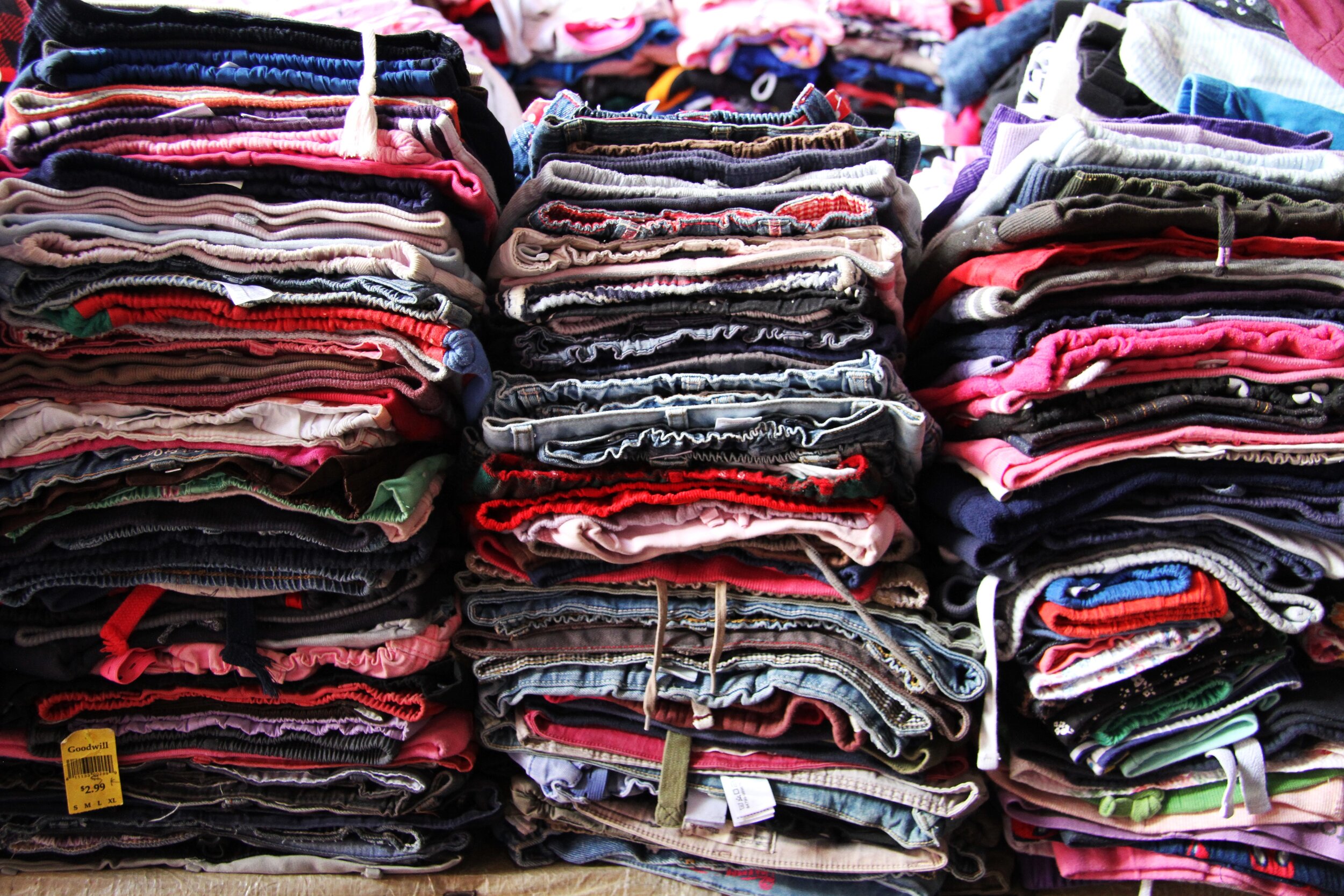Gallery: Dandora Dumpsite, Nairobi
Sprawling over 30 acres just outside of Nairobi, Dandora dumpsite is East Africa’s biggest landfill site and among the largest in the world. Every single day, 2,000 tonnes of unsorted, unregulated waste from the city’s residents & businesses is dumped here. Up to 6,000 people make a living picking waste from the landfill site to sell, generating an income for over 3,000 families. Alongside waste pickers, thousands of marabou storks scavange on the dump.
Photos: Caitriona Rogerson















Kibera Slum, Nairobi
Kibera is Nairobi’s largest informal settlement, and among the largest and most impoverished slums in Africa. While the total number of residents are unknown, it is thought to house over 250,000 people, with UN Habitat estimating the total number to be between 500,000 and 700,000.
Residents of Kibera suffer the consequences of inadequate drainage systems and a lack of any waste collection services. Homes are regularly flooded during the rainy season due to poor drainage and waste management systems, resulting in widespread damage, spread of water borne disease and loss of life. A huge percentage of the waste found piled up along Kibera’s central river is comprised of textiles. Photos: Caitriona Rogerson




















Mitumba warehouses & market
In Kenya, ‘mitumba’ is the term used for second-hand clothing imported from abroad. Private textile recycling companies collect donated textiles from charities and textile recycling bins in Western countries, bale them and sell via merchants to countries in the Global South, where they are purchased for resale.
Over 140,000 tonnes of used clothing are imported into Kenya via the port of Mombasa each year, mainly from Europe, the US and Canada. That is the equivalent of 6,000 40ft shipping containers of textiles, each containing 550 bales of second-hand clothes. Each bale of mitumba weighs 45kg and range in price from the equivalent of €100 up to €400. Despite the grading system, quality varies, and buyers do not know the condition of clothing contained in the bales until they are purchased.
According to buyers we interviewed, up to 50% of each bale is of such poor quality that it cannot be resold. These low-grade textiles are burned or landfilled. Photos taken in Toi Market, Nairobi and a mitumba warehouse in Mombassa. Photos: Caitriona Rogerson











